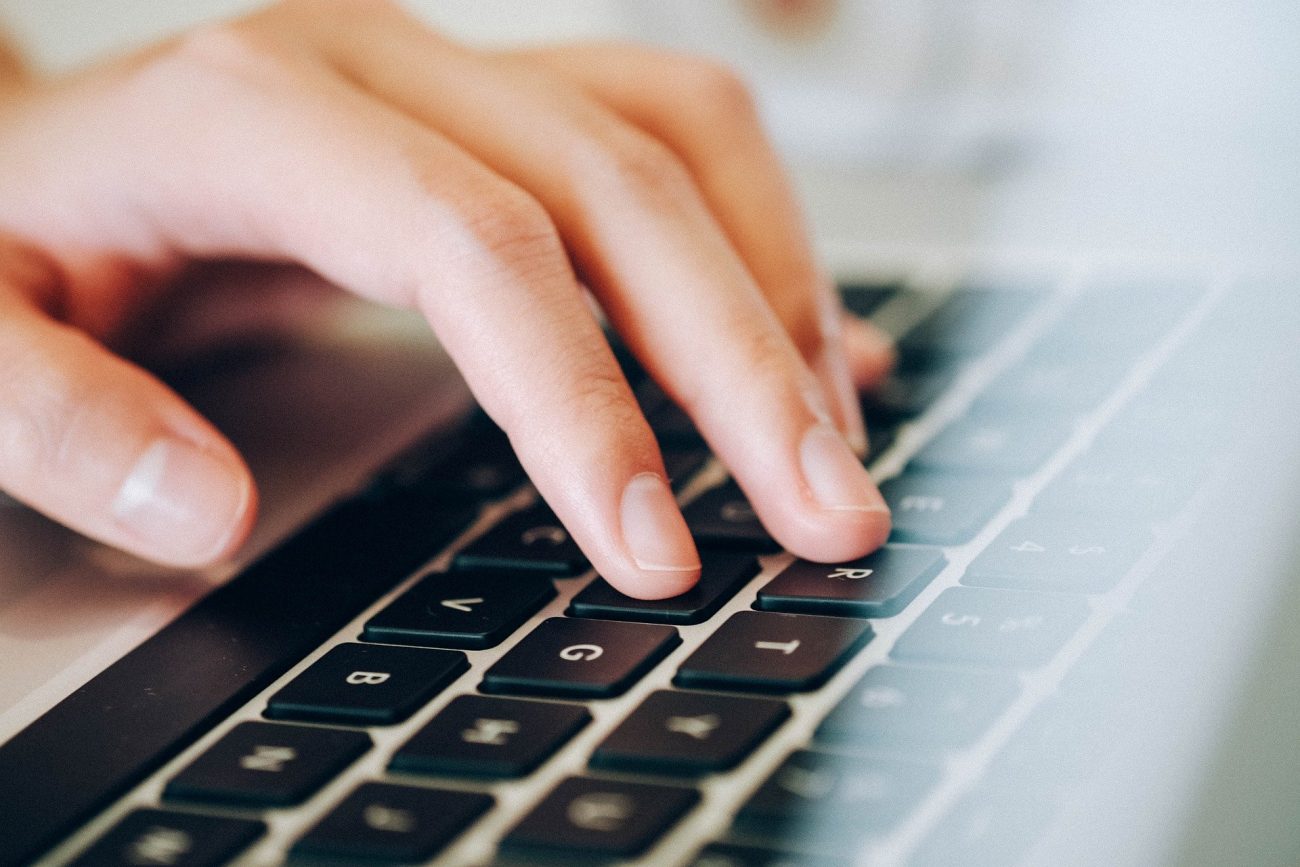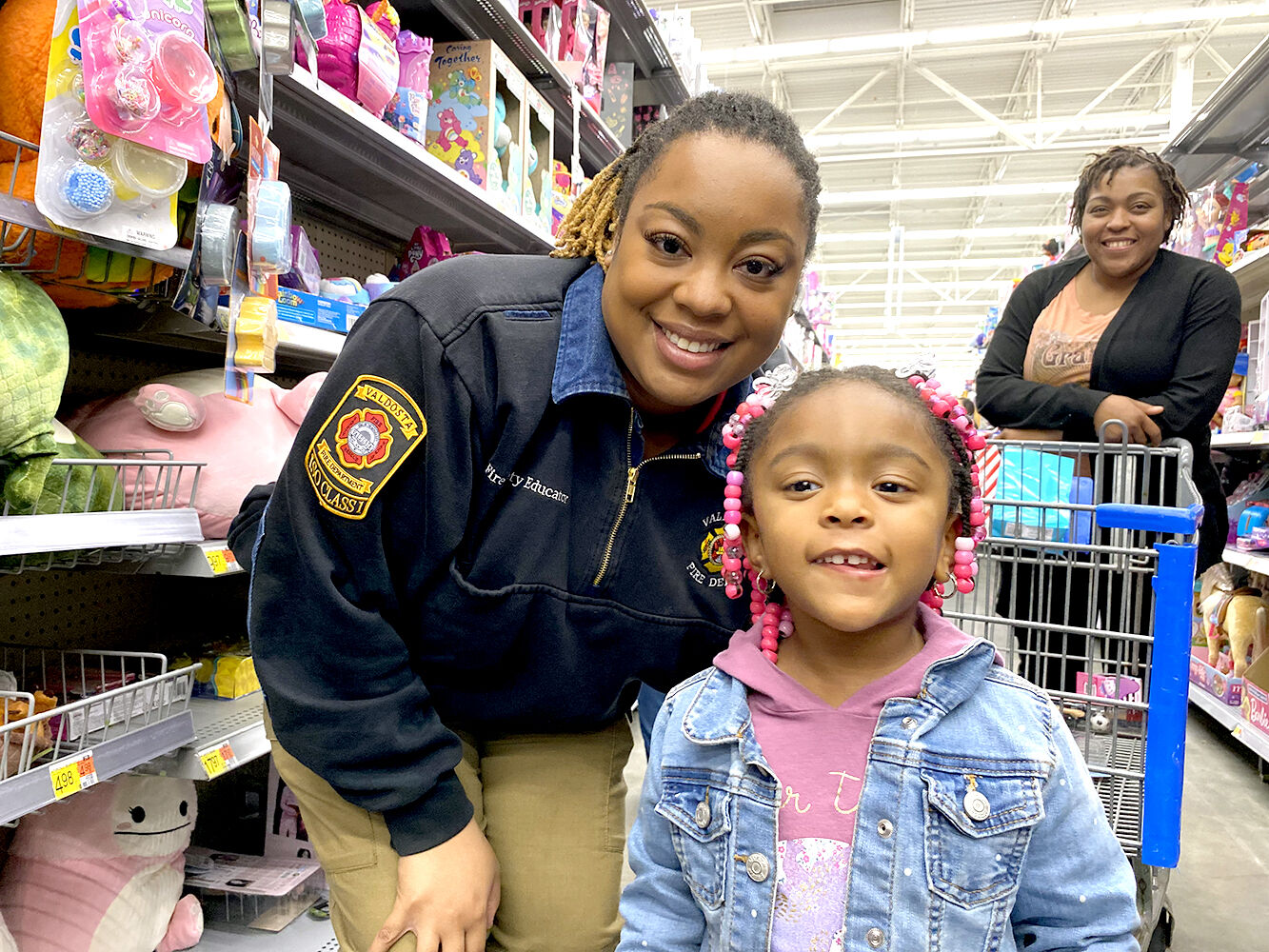Fitness
Running Is a Sacred Practice for This Tribal Leader

This story is part of Indigenous in Fitness, a series of articles highlighting the challenges and triumphs faced by Indigenous trainers, athletes, and gym owners. Read the rest of the stories here.
RUNNING IS MORE than exercise for Dillon Shije. The religious and cultural importance of going on a run each morning to pray was ingrained in him at a young age by his Zia Pueblo elders. Shije first began this morning routine on the reservation (located in northern New Mexico) before heading to his elementary school class, and he kept it up through the years—even when after-school cross country practices were added to to his schedule. Running also opened doors for him and provided opportunities. He was rated as the top Native American high school runner and was a Division I athlete for the University of Colorado-Boulder, winning the cross country team national championship in 2013. He briefly ran professionally after graduation before a hip injury forced him to retire from competition.
Now based 150 miles east from his tribal community in Albuquerque, New Mexico, the 33-year-old Tribal Councilman continues to greet the sun each morning. “[Even] if I’m not on the reservation, I run towards water, run through the mountains, and understand that I’m here for a purpose,” he says. This consistency allows him to be grounded in the various roles he currently holds, including those within the city, tribal, and federal governments. Along with his duties as a Tribal Councilman, he’s the Deputy Director of the Office of Equity and Inclusion for the City Albuquerque, a delegate for the US Department of Health and Human Services for Substance Abuse and Mental Health Services Administration, and a Southwest delegate for the Tribal Interior Budget Council under the US Department of Interior. For Shinje, it’s all a legacy of duty. “I was born into these responsibilities,” he says.
Shije spoke to Men’s Health about his spiritual relationship to running, which continues to be a consistent foundation in his life—and how mainstream fitness culture can learn from an Indigenous person’s perspective.
MEN’S HEALTH: How did you start running?
DILLON SHIJE: My grandfathers and elders always talked about the importance of getting up in the morning as the sun was rising and running to our sacred places to pray. That has been instilled in me since I was a young boy. Water is sacred to us on different levels: ceremonial, for our mental health—it’s just that connection with water. So I would run down to the river, a mile or two, and run home. Then I would go to school. I was on the cross country team. I saw a vision of myself running at the collegiate level, and really worked hard to make it into to Division I athletics, where I ran at the University of Colorado, Boulder. Then I ran professionally at the Colorado Springs American Distance Project for the Olympic Training Center.
MH: How does your cultural background influence your work?
DS: I was born into these responsibilities. I come from a Native sovereign nation of less than 1,000 community members where each of us have a unique responsibility to ensure that we have the resources for our people moving forward. My grandfather is a big traditional leader within our Pueblo and I was taught from him the importance of investing in our religious ways of life. We do this work for the love of our people and to look out for future generations… those that are not born and also living on the legacies of those that have come and gone. Then, creating our own legacies in the present day.
MH: The idea of bringing the past and the future together into the present is really special. How does this personally affect you daily?
DS: Running’s been a religious lifeway for the mind. Asking for direction and going on the right road is what we call it in our language.
That’s been a consistent thing for myself, even through my college career. No matter if I’m on the reservation, I go run towards water, run through the mountains, and understand that I’m here for a purpose.
MH: How did you start working within your community?
DS: I would say since birth. As far as the tribal governance side of things, 2009 is when I actively started participating [formally in tribal matters], going to our council meetings and advocating on a local, state, and federal level. There was a point in time where I was actively trying to create visibility for Indigenous athletes and for myself as a runner. In high school, I was featured in a documentary called Run to the East that follows my senior year and how running was the catalyst to me getting to college.
Running was the big catalyst in ensuring that my academics were sound, that I was staying consistent with my learning and getting good grades, while also understanding that running is sacred. Then also utilizing that as a way to be mentally sound in my own mental health and understanding that this [focus] should be also shared with your community members. Nearby communities that know the benefits of running, not only as it connects us to Mother Earth, but also how it connects to us as people. We all have that understanding of coming together and enjoying the same breath.
MH: What would you say is the biggest fitness (and running) challenge for folks in your community?
DS: I would say the motivation aspect and the consistency. Running can be challenging when it’s not looked at as the spiritual or ceremonial way. It’s like there’s a negative connotation that [running] is supposed to take your energy, and you don’t want to be tired. Rather than it having that Western connotation, it can be [seen] on that religious, spiritual, and ceremonial aspect.
There are individuals within my community that understand this and then there are some families that do not see it that way. I have family members that go down to the field and go irrigate. That’s our traditional way of fitness as planters and farmers. Then you have individuals that go hunt, hike, look for game, and that’s also fitness in our context.
MH: What do you think would help make the fitness industry more equitable?
DS: Cultures see and define fitness differently from one another and we have to be accepting of that. In the greater society, the narrative [around fitness] is shared so that it feels more inclusive and doesn’t create any division within what people deem to be fitness. Those that do define it as going to the gym, we also need those resources, [like] the means to create space for recreation centers, and even playgrounds, especially within our Native sovereign nations. Some of them may not have those resources. There are a lot of things that impact our overall fitness, as well as our mental, spiritual, and physical health.
This interview has been edited for length and clarity.
Want to read more first-person perspectives on overcoming obstacles, breaking barriers, and finding success from Indigenous fitness pros? Click the link below to read all of the stories.











